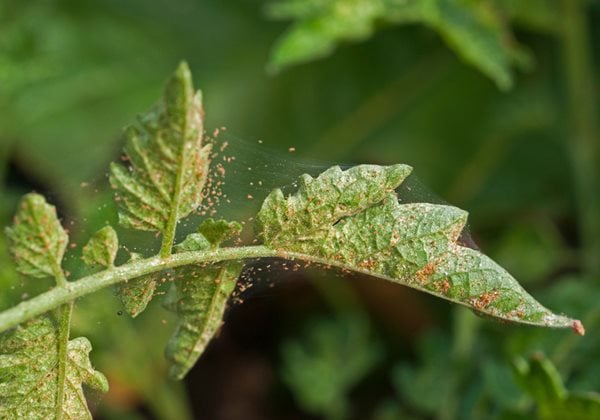If you’ve been looking for a solution to the snake plant spider mites problem, let me inform you that Sansevieria is the name of the plant, and its most persuasive selling feature is how easily it grows and how well it purifies indoor air. It is one of the houseplants used in NASA research and feng shui. It is an extremely easy and basic indoor plant. Snake plants can have discolored leaves and some brown blotches if they are afflicted with spider mites. So what is the remedy? Let’s talk about how to eliminate spider mites on snake plants.
Spider mites on snake plants are more common because of their snake-like leaf structure, which also makes them more vulnerable to mealybugs and spider mite infestations. Pests like spider mites are particularly detrimental and destructive to indoor plants because they drain the leaf sap and cause discoloration and shriveling. Snake spider mites can be treated with liquid insecticide, which also works well on succulent plants.
The common issue of snake plant spider mites can be resolved using Bonide Mite-X; I used it on my Sansevieria, Peace lily, and other plants to get rid of a bad pest and insect infestation. Spider mites may also be treated with a push shower of snake plant stems, leaves, and oil of neem.
Grower Ally Miticide Control is another item that my friend used and reported was efficient. If you don’t have anything, start washing the portions of leaves and stems of the sansevieria with a clean towel. Clean your plant’s top soil as well.
When plants are dry, spider mites attack them, so if you’re growing snake plants indoors, either use a humidifier or mist the leaves with water to keep them moist.
These insects prefer dirty, grubby, dull, dusty leaves before they begin eating on the plant’s cells, which causes decay, sagging, withering, wilting, and browning areas on our snake plant.
You might simply trim away the damaged area as a remedy. Pruning is one of the remedies that helps with spider mite infestation in indoor plants.
Snake plant leaves are bending, folding, and falling to the ground (All Fix)
Table of Contents
Prevention for Spider Mites
The first thing you should do if you discover that your plant has spider mites is to isolate it from other indoor plants. In order to avoid attacking other plants.
Second, put rubbing alcohol on the stem or leaves—or both—if the affected region is small.
Third, Pointing Water thrust can quickly get rid of spiders if you don’t have anything else. Additionally, avoid drying out your plant once more because that is when these mites only appear.
Long-term spider prevention can be achieved by misting water on the leaves.
Brown Tips, Colored Spots, and Damaged Leaves on Snake Plant (All Fix)
What Do Spider Mites Look Like?
They are simple to spot since they have numerous legs and resemble spiders.
Checking for spider webs is the most popular approach to determine if your plant is affected. Stems or leaves would be the area. Since they are free, they can arrive from anywhere and roam around a lot in search of food.
How do you get rid of spider mites on snake plants?
On snake plants, neem oil works to get rid of spider mites. You may also produce a liquid cure for Sansevieria by mixing 1/3 rubbing alcohol and 2/3 water. Spraying snake plants with water from a spray bottle will help kill mealybugs and other insects. Last but not least, you can directly apply Agromagen’s miticide to kill spider mites in cases of severe infestation.
Snake Plant Care
Despite the fact that a snake plant requires little care, you should always take good care of your plants. Give them occasional exposure to direct sunlight or partial sunlight throughout the week to see them grow larger. They thrive in damp soil that is not soggy. Pour some water, don’t forget. If you put them in the sun, it should be between 8 and 12 in the morning. Reduce watering to once every 15 days or more during the winter.
Why Is Mother-in-Tongue Law’s Plant Called That?

